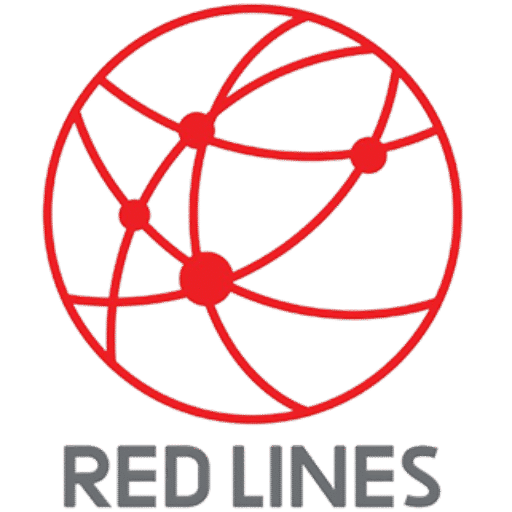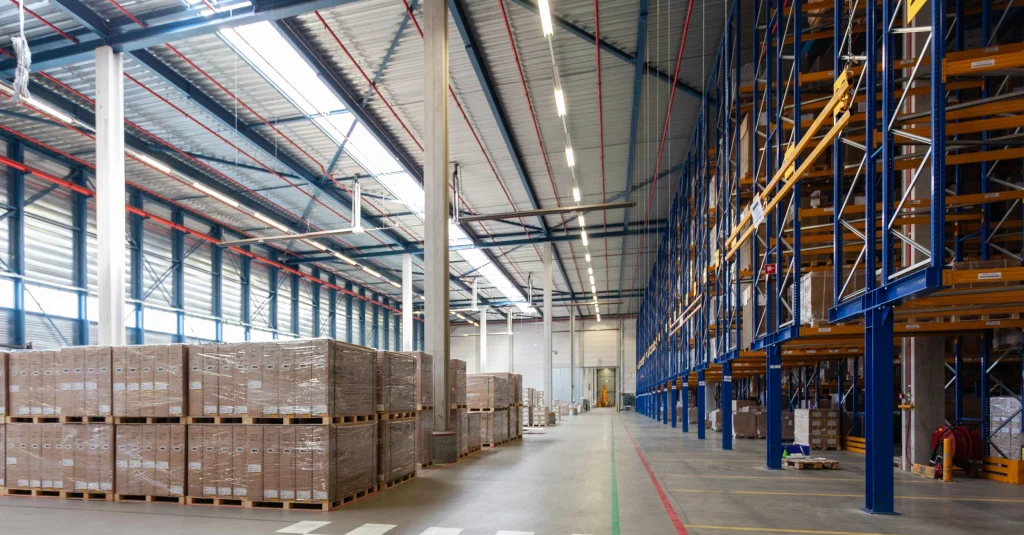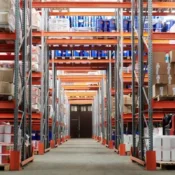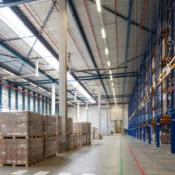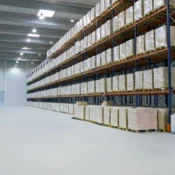The food industry in Saudi Arabia, particularly in Jeddah, is rapidly evolving with technological advancements and increasing quality demands. In a city known as the gateway to trade and logistics, maintaining food safety and product quality throughout the supply chain has become a top priority. With fluctuating coastal temperatures and high humidity levels, ensuring consistent thermal control is a major challenge for restaurants, food distributors, cold storages, and logistics providers.
This is where Temperature Mapping Studies play a critical role — providing scientific insights into how temperature behaves within cold rooms, warehouses, and transport systems. At Redlines, available at www.Redlines.sa, we specialize in conducting comprehensive temperature mapping studies across Saudi Arabia, including Jeddah, Dammam, and Riyadh, using advanced equipment and digital analysis tools to help businesses meet international standards and maintain food integrity.
Let’s explore the four most innovative tools transforming the way temperature mapping is conducted in Jeddah’s food industry today.
1. Wireless Data Loggers – Real-Time Thermal Accuracy
Traditional temperature checks often rely on manual readings, which can lead to human error and inconsistent results. Wireless Data Loggers have completely changed that. These small, powerful devices continuously record temperature and humidity in real-time, transmitting data through Bluetooth or Wi-Fi to centralized monitoring systems.
At Redlines, we deploy wireless data loggers during every temperature mapping study to capture precise temperature data across multiple points inside storage areas, freezers, and transport vehicles. This allows clients to visualize heat distribution patterns, identify hot or cold zones, and make data-driven improvements in refrigeration performance.
For food producers in Jeddah, this means continuous compliance with safety standards like HACCP, ISO 22000, and SFDA regulations — without any data gaps.
2. Infrared Thermal Imaging – Seeing the Invisible
Infrared thermal cameras are revolutionizing how cold storage inspections are performed. Instead of relying solely on sensor data, these thermal imaging tools create visual heat maps that reveal temperature inconsistencies invisible to the naked eye.
Redlines uses infrared imaging during temperature mapping studies to detect airflow inefficiencies, insulation weaknesses, and heat leaks in cold rooms or refrigerated trucks. In Jeddah’s high-humidity climate, such visualization is essential for preventing condensation, mold growth, and uneven cooling — all of which can compromise food freshness and shelf life.
This tool empowers facility managers to take corrective actions immediately, saving time, energy, and costly product losses.
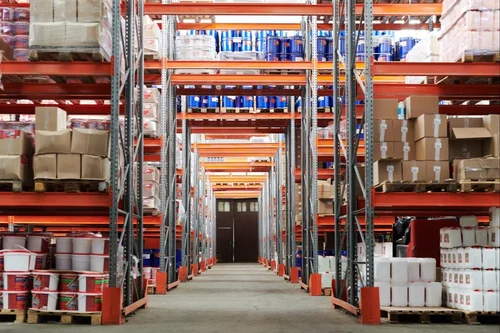
3. IoT-Connected Sensors – Smart Data for Smarter Decisions
As Saudi Arabia moves towards Vision 2030’s Smart Industry goals, the integration of Internet of Things (IoT) technology in food logistics is reshaping how data is managed. IoT-enabled temperature sensors offer real-time cloud-based monitoring, automated alerts, and historical trend analysis.
Redlines leverages these IoT solutions to help clients track temperature performance across multiple locations — whether it’s a distribution warehouse in Jeddah, a retail outlet in Riyadh, or a transport fleet in Dammam. Through our temperature mapping studies, we not only record temperature variations but also interpret them using predictive analytics to prevent failures before they happen.
IoT connectivity gives food businesses complete visibility, ensuring end-to-end traceability and uninterrupted cold chain operations.
4. Advanced Calibration Systems – Guaranteeing Accuracy and Compliance
Accuracy is the backbone of every temperature mapping study. Even the most advanced sensors must be properly calibrated to deliver trustworthy results. That’s why Redlines employs high-precision calibration equipment certified according to ISO 17025 standards.
Before each project, our experts ensure that every data logger, sensor, and thermal probe used in the mapping process is fully validated. This guarantees that the recorded temperature values truly represent the environment being studied — whether it’s a frozen warehouse or a refrigerated delivery truck.
By maintaining strict calibration procedures, Redlines ensures reliable data integrity that can be presented confidently during audits, inspections, and quality certifications.
Conclusion
The integration of innovative technologies — wireless data loggers, infrared thermal imaging, IoT-connected sensors, and precision calibration systems — is transforming how temperature mapping studies are executed in Jeddah’s dynamic food industry.
Through the expertise of Redlines, businesses across Saudi Arabia — from Jeddah to Riyadh and Dammam — can achieve higher operational efficiency, stronger compliance, and most importantly, trust from their consumers who rely on freshness and safety.
To learn more about how Redlines can enhance your cold storage and logistics performance through professional temperature mapping services, visit www.Redlines.sa.
